According to a Statista analysis, the Fitness industry currently generates 4,024 million dollars in revenue and is expanding quickly. Thus, revenue is anticipated to grow at a 5.0% CAGR every year from 2019 to 2023, leading to a market size of $20,499 million by that year.
Also, according to a survey released in January 2019 by Polaris Market Research, the fitness app market will grow to $14.7 billion by 2026. Further, it expects a growth of 23 percent CAGR over the course of the predicted period.
This suggests that the market for fitness apps will keep growing and expanding with several innovations in health & fitness features.
Now that you know that developing an on-demand fitness app has great potential in the current market, it is time to start working on it!
What is a Personal Trainer App?
Like a real-life personal trainer, personal trainer apps guide customers through training. The advice is only different now because it comes through a tablet or smartphone. These apps bring in interactive programs to help people stay healthy and active. These applications ensure keeping the users on a budget since they are less expensive than employing a personal trainer. With a personal trainer app from a fitness trainer app development company, you can eliminate the hassle of going to the gym fitting into the personal trainer’s schedule. The apps try to give users the feeling of an actual private training session at home via a smartphone.
While most applications contain a progress tracker, some may also offer meal planning and healthy eating suggestions. Typically, these applications do not need a lot of home gym equipment. They offer varying exercise times and intensities, allowing people just to pick up their phones and work out whenever they have time. The cost of personal trainer applications differs according to the depth and input required. Some apps are free, but most need a monthly or yearly membership.
If you are wondering how to build a fitness app, here are the steps to simplify your journey!
How to Build a Fitness App in 2023
1: RESEARCH THE MARKET
You must first determine the type of fitness app you wish to develop. So, start with researching the local fitness application market. Look for your rivals, their advantages and disadvantages, and how they address user issues. Make a thorough examination using the information gathered, then choose the type you wish to develop.
2: CHALK OUT THE FEATURES
Once you know what you want, it is time to choose the features that will go into a fitness app. Ensure that your app is both user-friendly as well as feature-rich. Prepare a comprehensive list of the features you want in your workout software and decide which ones will make you stand out from the crowd.
3: FIND FITNESS APP DEVELOPERS
Pay close attention to this phase and prepare to put some time into locating the most dependable fitness app development company. The following elements should be taken into consideration while you evaluate businesses:
● Number of years in business
● Relevant expertise in developing mobile applications
● Favourable client feedback
● Favourable hourly rate and time zone
● Access to senior developers
4: FITNESS APP DEVELOPMENT
Usually, the fitness app development process can be divided into four distinct stages:
- Analysis and Planning: You do a market analysis, decide on the best strategies for app development to construct app architecture, and design the prototype during the discovery stage.
- UX/UI design: During this phase, designers establish user flows, determine the optimal user interface designs for your application, and develop branding aspects.
- App Development: The creation of fitness apps is where the process begins. In this stage, programmers implement all the planned features into action and build the required software architecture.
- Testing and deployment: This step ensures that your app is free of issues and that users will have no trouble using it. You can publish the app on the market when it has undergone testing.
5: MARKETING STRATEGY
Even if your application is still developing, you should begin developing your marketing approach. You can employ a sophisticated strategy and advertise your software via many channels:
● Paid ads (Google, Facebook, in-store)
● Using social media
● Including niche influencers in campaigns
● Advertising for apps during events
● Collaboration with fitness businesses
After the app has been successfully launched, monitor the key performance indicators to see what you can do to make future iterations of your application even better.
How Much Does Fitness App Development Cost?
The cost of developing an app like Trainerize ranges between $5,000 and $10,000 with the bare minimum of features. A medium app will cost between $38,000 and $172,000. A comprehensive app with variations for various operating systems will cost over $172,000.
However, please keep a note that the estimate above is quite rough. The ultimate price is determined by the features included, the supported operating systems, the app architecture, the nation where the app development is outsourced, etc.
Conclusion
The fitness sector is constantly expanding, which is why it is luring untold amounts of money. These days, most consumers prefer using a personal fitness trainer app rather than visiting a gym or employing a professional dietician. It is because there is always the potential for improvement and growth despite the market’s glut of such apps and services.
However, before starting with an all-in-one personal trainer app like Trainerize, you must thoroughly research the market trends, app functionality, and potential benefits. Further, hire a top mobile app development company in Cambridge, UK, to prevent an intense rivalry strategy and seek the chance to develop and make some decent money.

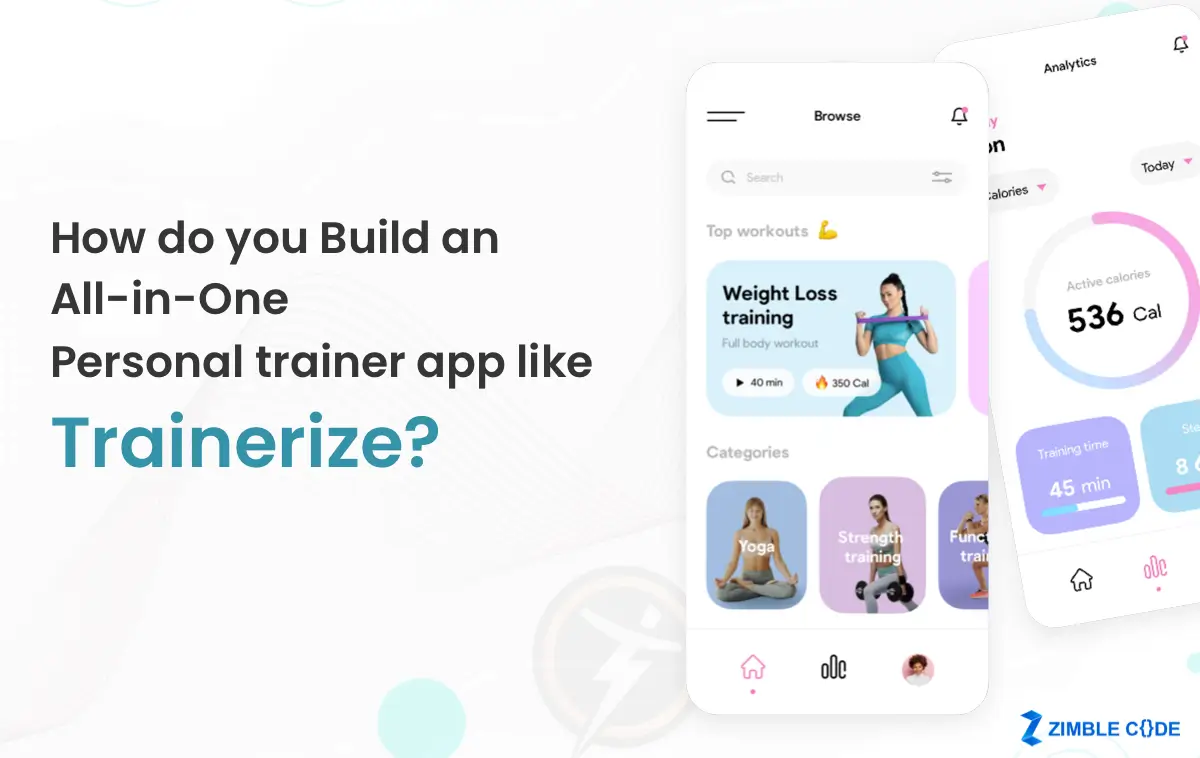

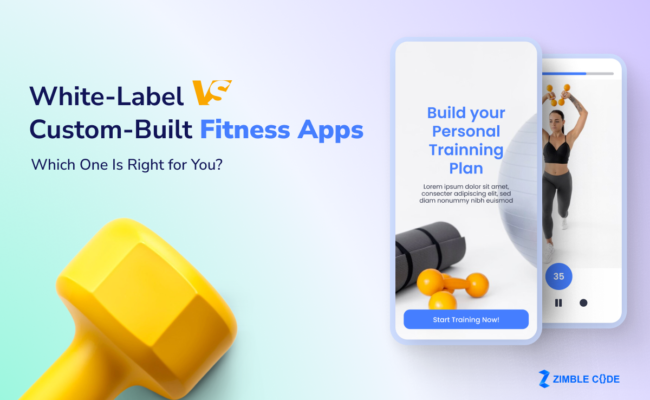
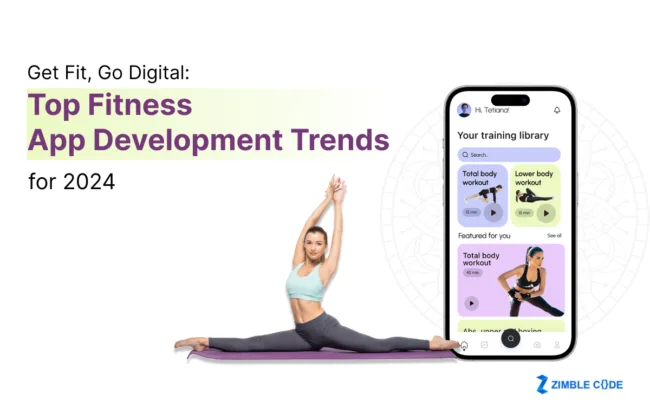
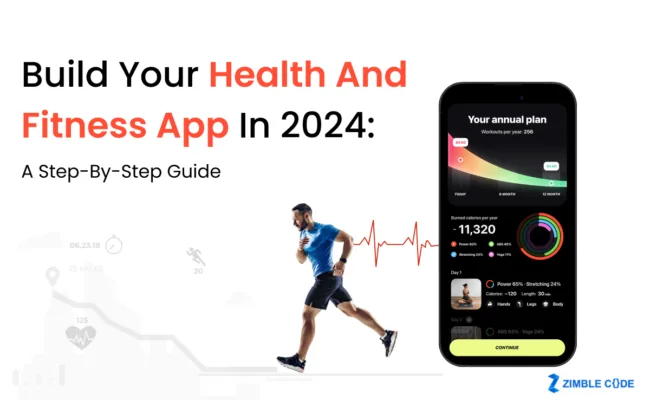
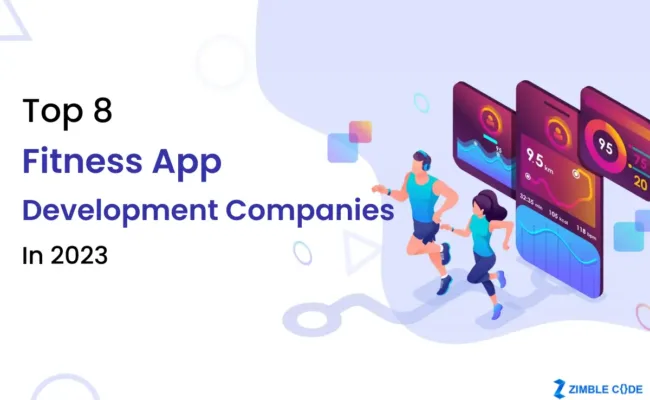
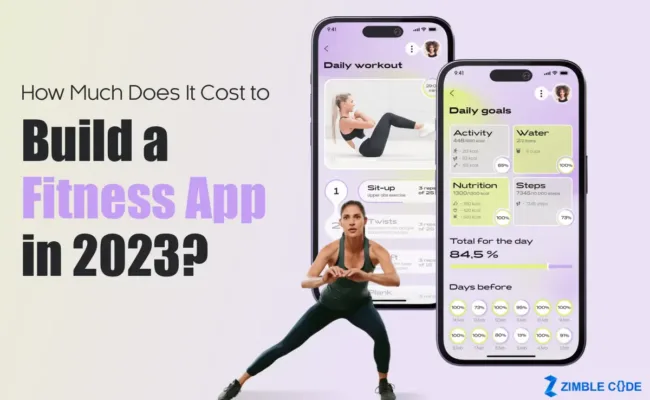

Leave A Comment